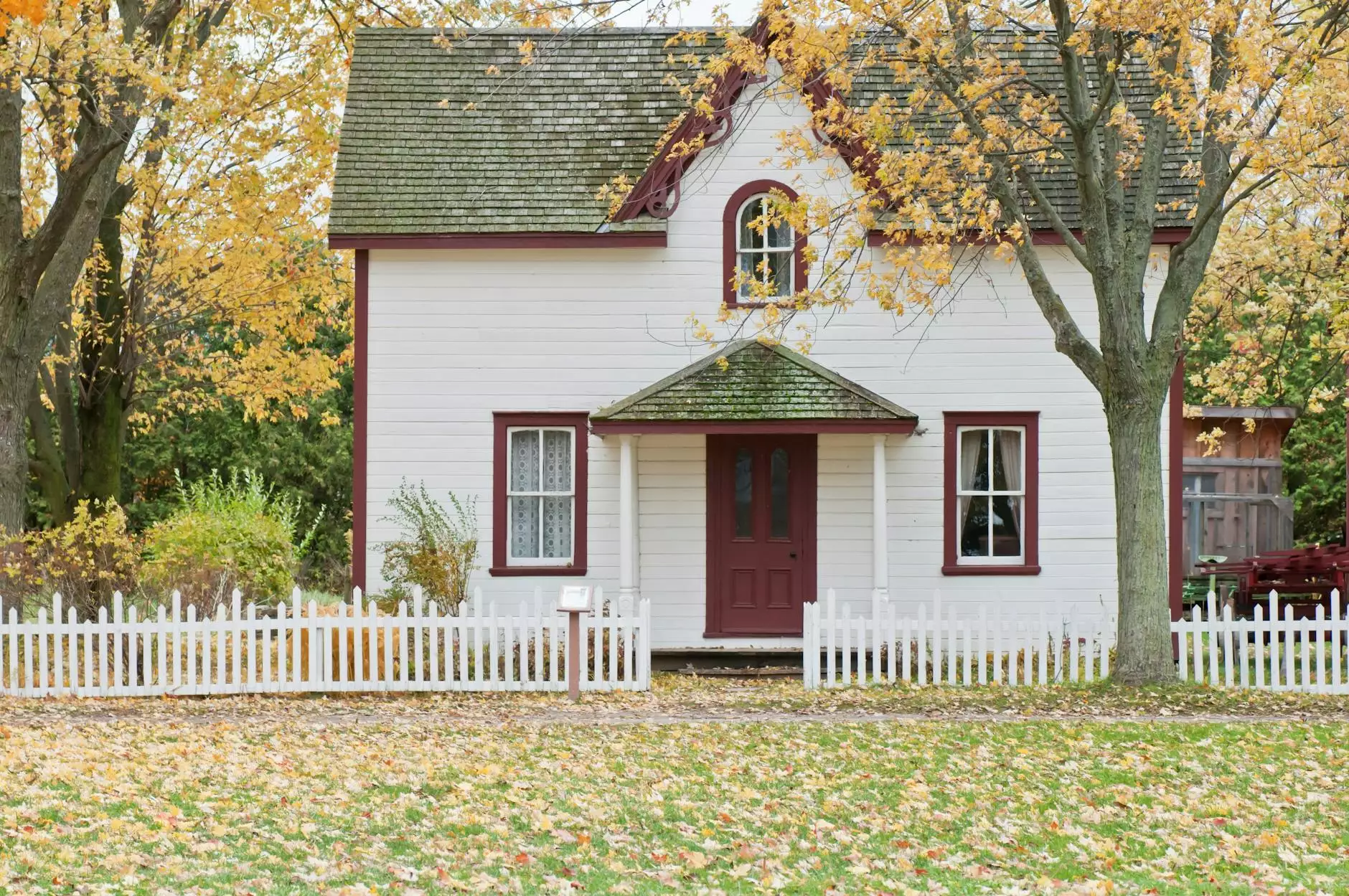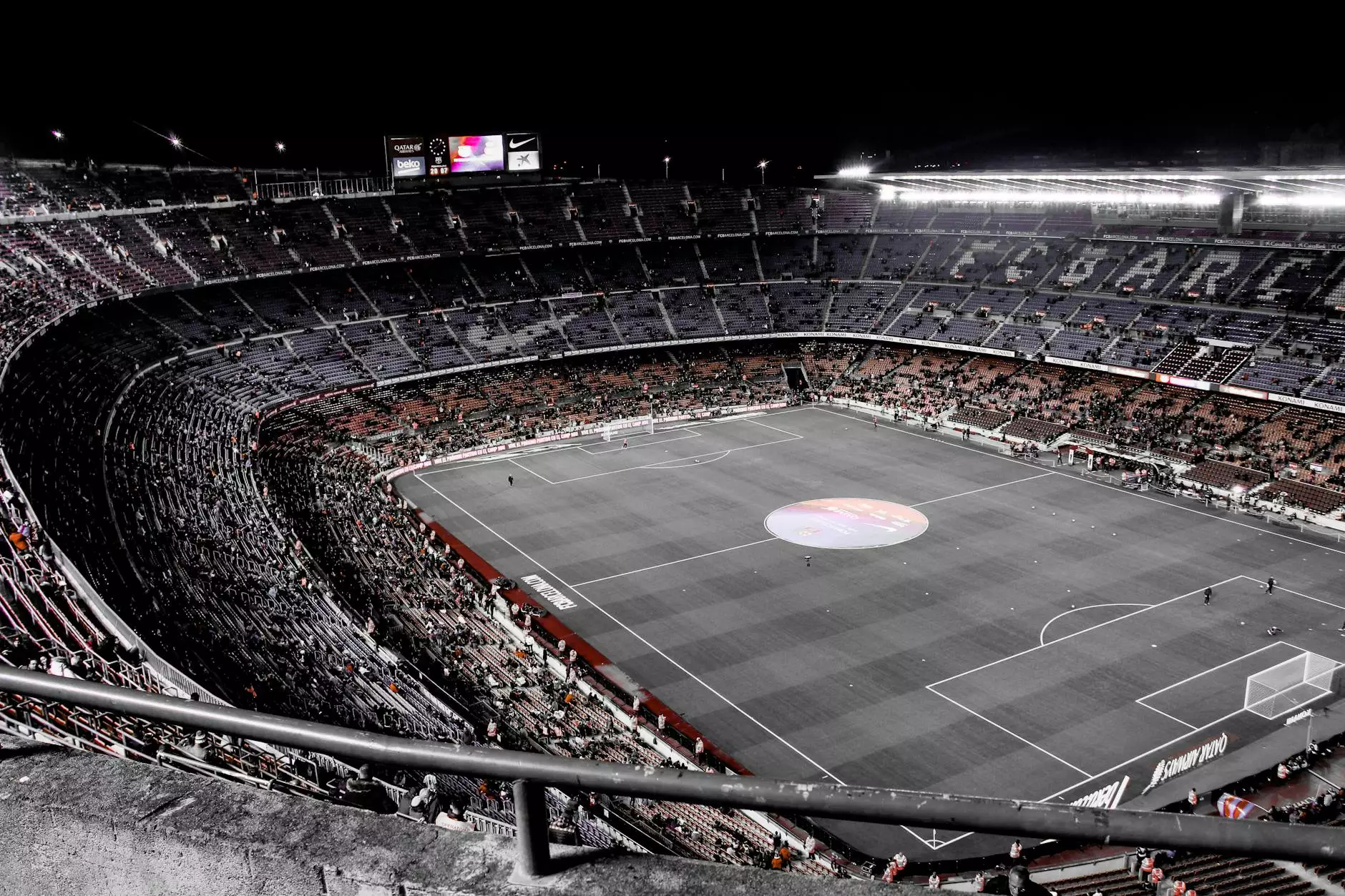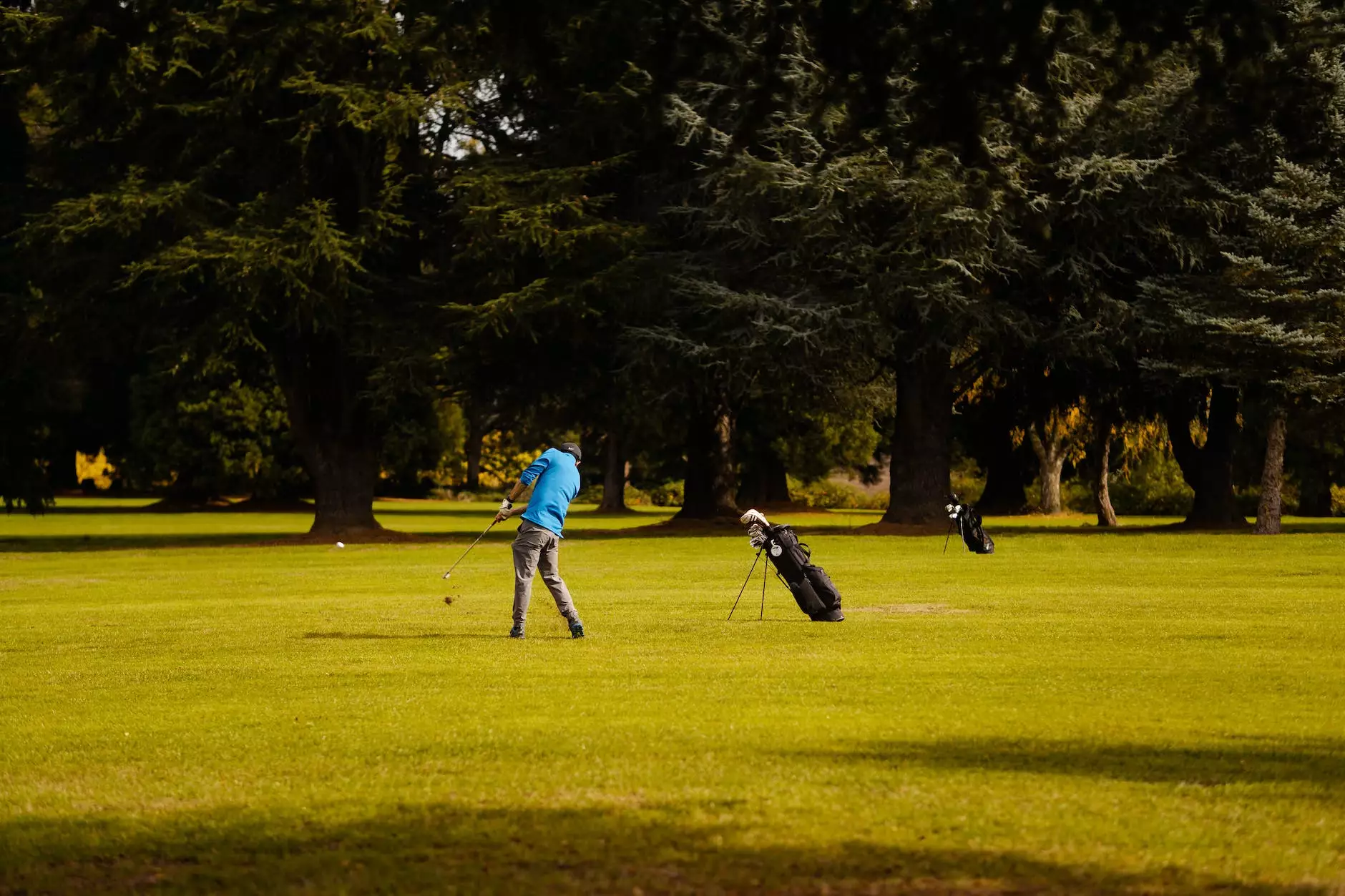How to Calculate the Amount of Infill?

The Importance of Infill for Artificial Turf
When installing artificial turf for your landscape or sports field, determining the right amount of infill is crucial. Infill provides stability, support, and durability to the turf system. It helps the grass fibers to stand upright, enhances shock absorption, and provides a natural-looking surface. To achieve optimal performance and longevity, it's essential to calculate the correct amount of infill required for your project.
Measuring the Area
The first step in calculating the amount of infill is to measure the area where the artificial turf will be installed. Ensure you have accurate measurements to avoid any wastage or shortage of materials. Start by measuring the length and width of the area in feet. If your space has irregular shapes, break it down into smaller sections and measure each one separately. Once you have the measurements, multiply the length by the width to calculate the square footage.
Determining the Infill Depth
The next step is to determine the infill depth. Infill depth refers to the thickness of infill material that will be applied over the artificial turf. The recommended infill depth varies depending on the type of turf, intended use, and personal preferences. Generally, a range of 1.5 to 3 pounds per square foot is commonly used. However, for specific applications such as sports fields, the infill depth may differ. Consult the manufacturer's recommendations or seek professional advice to determine the ideal infill depth for your project.
Calculating the Amount of Infill
Now that you have the square footage and the desired infill depth, you can calculate the amount of infill required. To do this, multiply the square footage by the recommended pounds per square foot. For example, if you have a project with an area of 1,000 square feet and the recommended infill depth is 2 pounds per square foot, the calculation would be as follows:
1,000 square feet x 2 pounds per square foot = 2,000 pounds of infill
Therefore, for this particular project, you would need 2,000 pounds of infill material.
Considering Additional Factors
While the above calculation provides a general estimate, it's worth considering additional factors that may affect the actual amount of infill required. These factors include:
- Turf Blade Type: Different turf blade shapes and lengths may affect the amount of infill needed.
- Intended Use: High-traffic areas may require additional infill to maintain durability and stability.
- Climate and Drainage: Areas with heavy rainfall or poor drainage may require more infill for proper water permeability.
- Supporting Materials: Some installations may require specific supporting materials, such as shock pads or geotextile fabric, which can influence the overall infill quantity.
Consulting Experts
For complex installations or if you are unsure about the calculations, it is advisable to consult experts in the field. Professional artificial turf installers or manufacturers can provide guidance tailored to your specific requirements, ensuring the success of your project.
Conclusion
Accurately calculating the amount of infill is crucial for the proper installation and performance of your artificial turf. By following the measurement and calculation steps discussed, you can determine the right quantity of infill materials needed for your project. Consider the additional factors and consult experts when necessary, to ensure a successful and long-lasting artificial turf installation.










